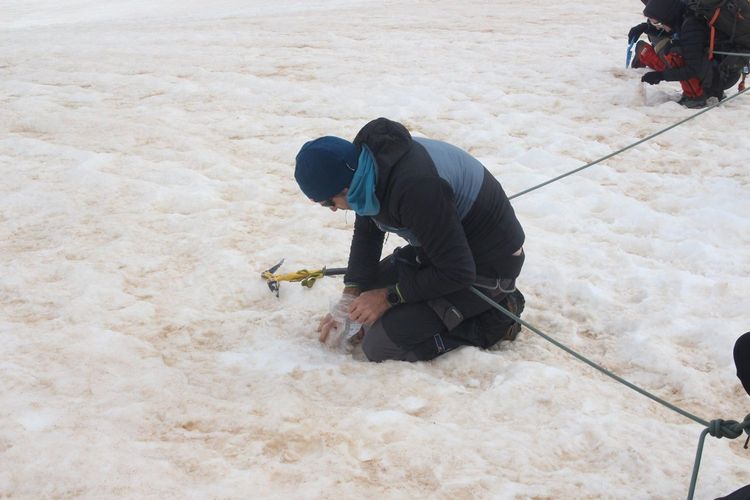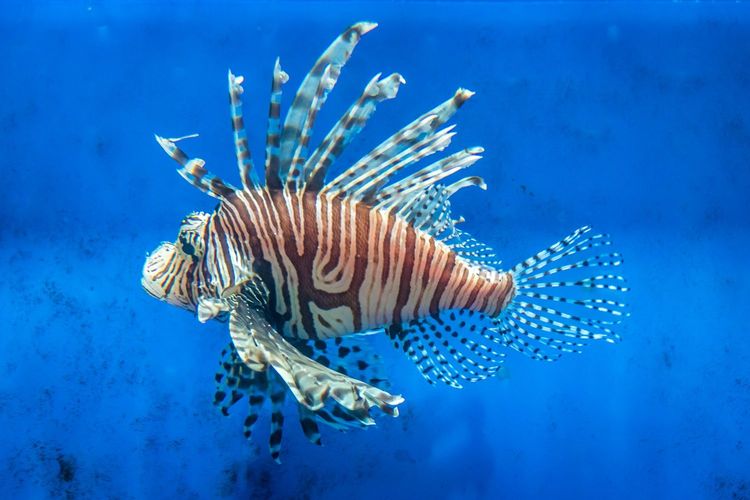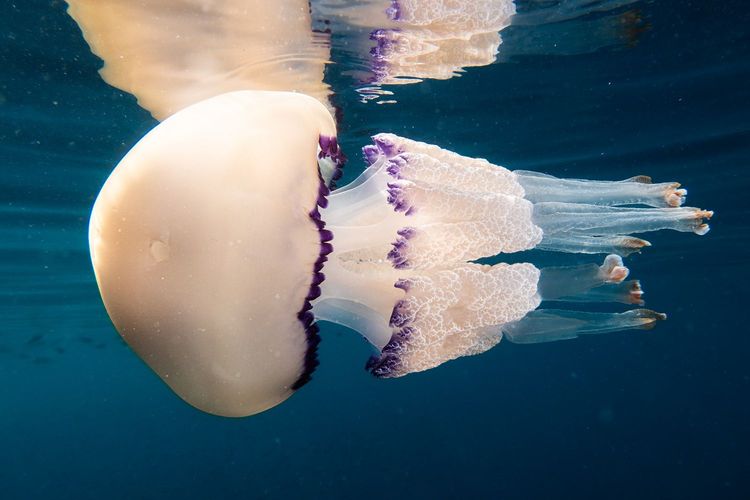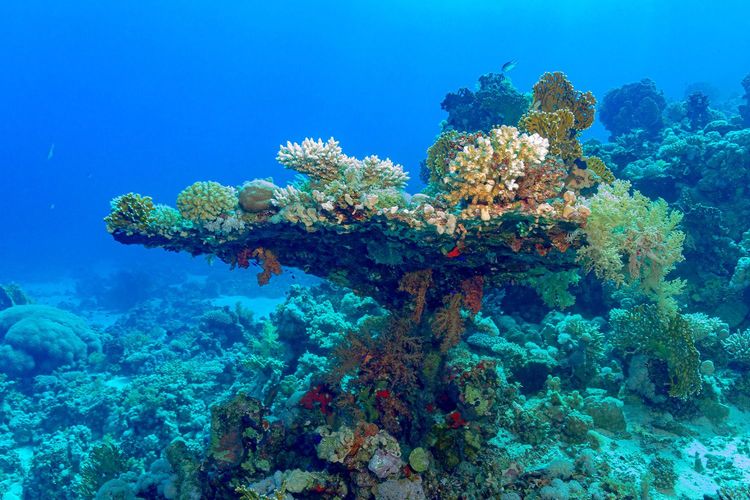
The first systematic study documenting the state of contamination in Italian glaciers has been published in the scientific journal Archives of Environmental Contamination and Toxicology. The research - conducted by the University of Milan research group led by Marco Parolini, professor at the Department of Science and Policy, with the support of One Ocean Foundation and Giorgio Armani- is part of the broader “The Sea Starts Here” project by the Foundation.
The study involved 15 Alpine glaciers and the only Apennine glacier, the Calderone, mapping the presence of organic and inorganic contaminants and their sources. The results show that glaciers, long considered the “freezers” of the planet, are now real environmental sentinels: they accumulate human-made pollutants and, as they melt - accelerated by climate change - release these compounds into rivers and potentially into marine ecosystems.
Glaciers and global pollution
The rapid retreat of glaciers, linked to rising global temperatures, not only reduces freshwater reserves and raises sea levels, but also poses a new risk: the release of pollutants accumulated over decades. These include heavy metals, persistent organic pollutants (POPs) such as DDT and PCBs, and other emerging contaminants.
These substances, transported through the atmosphere or originating from local sources such as mining activities, ski resorts, or wartime remnants, remain trapped in the ice for years. Their release during melting threatens water quality and the health of downstream ecosystems, highlighting the connection between mountain and marine systems through the water cycle.
The research: methods and analysis
Between 2020 and 2021, researchers collected supraglacial debris samples from 16 Italian glaciers:
- Western Alps: Ghiacciaio Bianco, Pré de Bar, Mont Miné, Preda Rossa
- Central Alps: Fellaria Ovest, Fellaria, Lupo, Dosdè, Platigliole, Sforzellina
- Eastern Alps: Mandrone, Ebenferner-Vedretta Piana, Forni, Cedec, Pasterze
- Apennines: Calderone
At the University of Milan laboratories, samples were analyzed to identify the presence of heavy metals (Fe, Al, Mn, Pb, Cd, Hg, Zn, and others) - elements naturally present that can become problematic at high concentrations - and persistent organic compounds (DDT, PCB, HCB), human-made chemicals.
The data revealed widespread trace element contamination, with concentrations varying from glacier to glacier. Some, like Ebenferner, show higher levels of toxic metals (Cd, Hg, Pb, Zn), likely linked to the proximity of ski infrastructures. In others, such as Preda Rossa, contamination is attributable to local geological characteristics.
Conclusions and perspectives
The study confirms that Italian glaciers play a dual role: they accumulate and preserve contaminants from past and present activities, and they release them as they melt, contributing to environmental risk downstream. This dynamic highlights how pollution is a shared problem across ecosystems: substances trapped in ice reach rivers and ultimately the sea, connecting environments that may seem distant but are in fact deeply interdependent.
The evidence collected underscores the importance of continuous monitoring, not only of “historical” pollutants but also of emerging contaminants, to assess impacts on water quality and aquatic ecosystems.
Within this framework, the “The Sea Starts Here” project reflects a holistic vision promoted by One Ocean Foundation, linking glacier health to ocean health. This integrated approach -combining research, education, and awareness - is a crucial tool for addressing global challenges such as climate change and environmental pollution.


